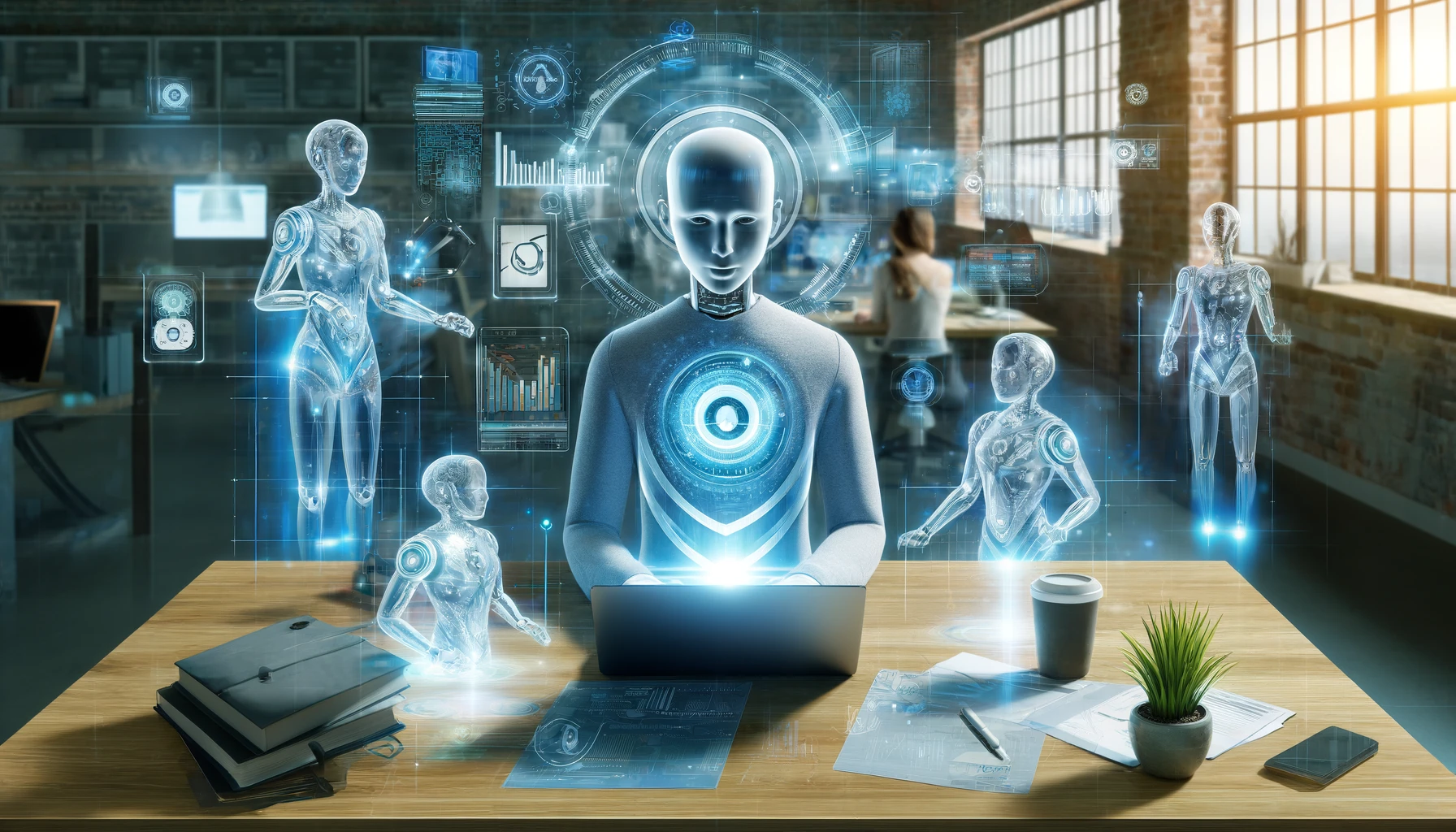What Does the Custom AI Agent Development Process Look Like?
In today’s fast-paced digital landscape, businesses are rapidly adopting artificial intelligence to stay competitive. Among the most impactful AI implementations are custom AI agents—tailored solutions that can automate tasks, enhance customer service, optimize operations, and more. But what exactly does the development process for a custom AI agent look like?
In this blog, we’ll walk through the key stages of developing a custom AI agent, from initial discovery to deployment and ongoing improvement.
1. Discovery & Requirement Gathering
The first step in developing a custom AI agent is understanding what problem you’re solving and who you’re solving it for. This involves close collaboration between stakeholders, product teams, and AI developers.
Key activities in this phase:
- Identifying business goals and use cases
- Understanding the target audience (internal teams, customers, etc.)
- Reviewing existing workflows and data sources
- Defining success metrics (e.g., response accuracy, time saved, ROI)
This stage sets the foundation for all technical and design decisions that follow.
2. Solution Design & Architecture Planning
With clear requirements in place, the next step is to design the overall solution. This includes both the AI model strategy and the system architecture.
Considerations include:
- Choosing between rule-based, ML-based, or LLM-based agents
- Determining integration points (APIs, databases, CRMs)
- Planning user interfaces (chatbots, voice assistants, embedded tools)
- Designing data pipelines for real-time or batch processing
At this point, teams often create wireframes, flowcharts, and architecture diagrams to guide development.
3. Data Collection & Preparation
An AI agent is only as good as the data it learns from. In this phase, developers gather and curate the data needed to train or fine-tune the model.
This includes:
- Collecting historical data, chat logs, documents, FAQs, etc.
- Cleaning and formatting the data
- Annotating or labeling data for supervised learning
- Ensuring data privacy and compliance (GDPR, HIPAA, etc.)
For custom agents, domain-specific knowledge is essential, so curated data sets are a major asset.
4. Model Development & Training
Now the real AI work begins. Developers build or customize the AI model that powers the agent.
Depending on the use case, this might involve:
- Fine-tuning large language models (LLMs) like GPT-4
- Training task-specific models for classification, intent detection, or summarization
- Implementing retrieval-augmented generation (RAG) for better context awareness
This stage also includes extensive testing to optimize performance, accuracy, and response speed.
5. Integration & Frontend Development
Once the AI model is ready, it’s integrated into the broader software ecosystem.
Tasks include:
- Connecting to databases, CRMs, or other tools
- Building the frontend (chat window, voice interface, mobile app)
- Developing custom workflows or automation triggers
- Ensuring secure authentication and access control
This step turns the AI engine into a usable tool within your existing operations.
6. Testing & Validation
Before going live, the agent is rigorously tested to ensure it meets expectations.
Testing involves:
- Functional testing (Does it respond correctly?)
- User testing (Is the experience intuitive?)
- Stress testing (How does it perform under load?)
- Compliance and security checks
User feedback during this phase is crucial for refining responses and improving UX.
7. Deployment & Monitoring
After testing, the AI agent is deployed into the production environment. But the work doesn’t stop there.
Ongoing tasks include:
- Monitoring performance (e.g., latency, error rates, user satisfaction)
- Logging interactions for future analysis
- Patching bugs or updating features
- Scaling infrastructure as usage grows
Continuous improvement ensures the AI agent evolves with your business needs.
8. Maintenance & Iterative Improvements
AI agents are not static—they should be refined over time as they learn from new data and user interactions.
Long-term success depends on:
- Regular retraining with updated data
- User feedback loops
- A/B testing new features
- Adapting to changing business rules or compliance requirements
A well-maintained agent becomes increasingly valuable, personalized, and efficient over time.
Final Thoughts
Custom AI agent development is a strategic investment that pays off through automation, smarter decision-making, and better customer experiences. While the process may seem complex, it becomes manageable—and even exciting—when broken into clear, actionable stages.
Whether you’re building a customer support chatbot, a sales assistant, or a knowledge management tool, following a structured development process ensures your AI agent delivers real value to your organization.

